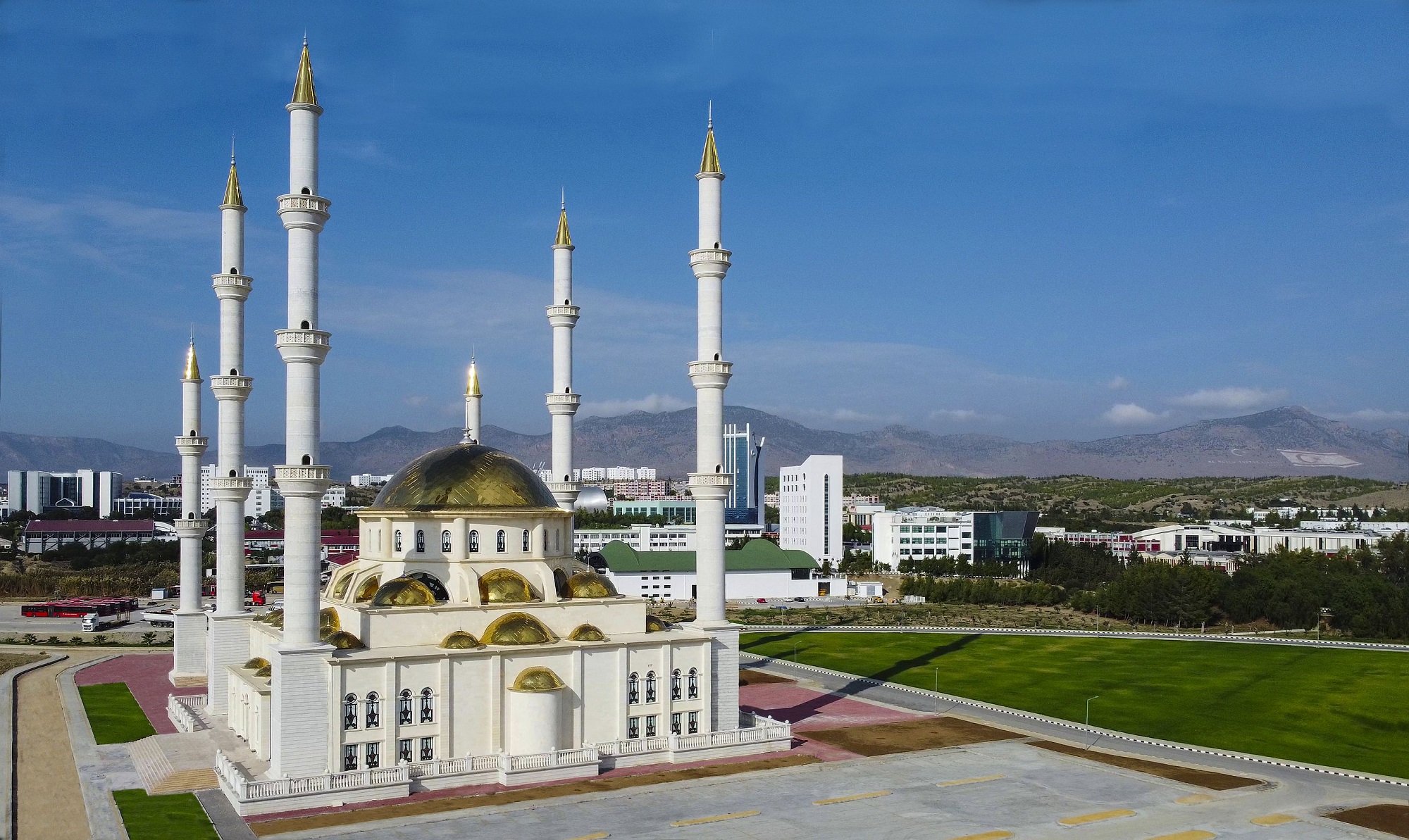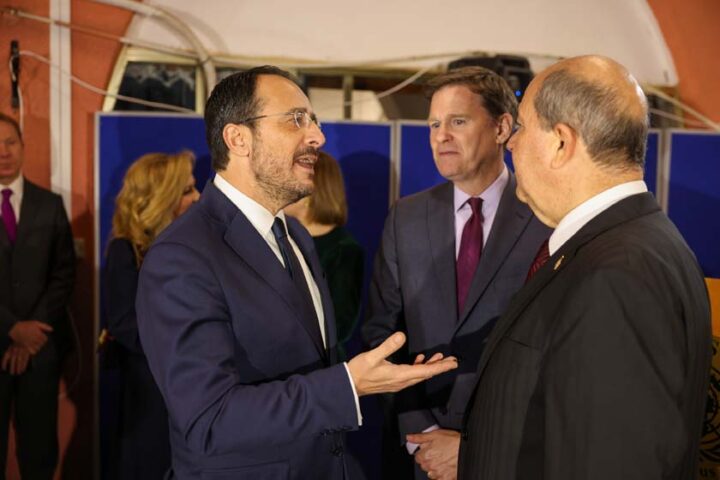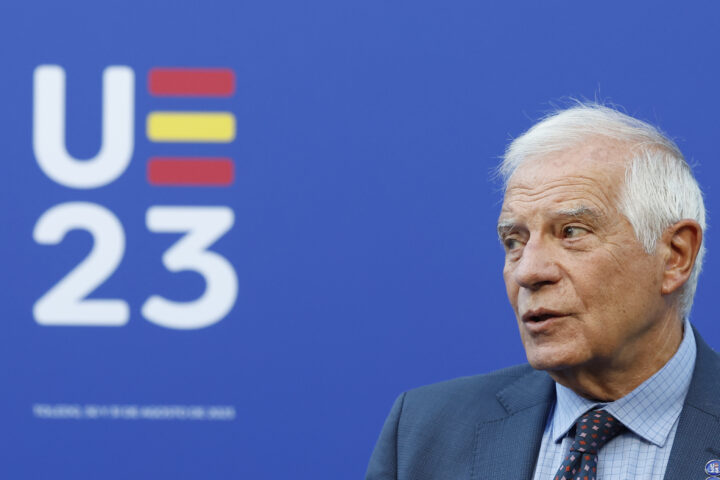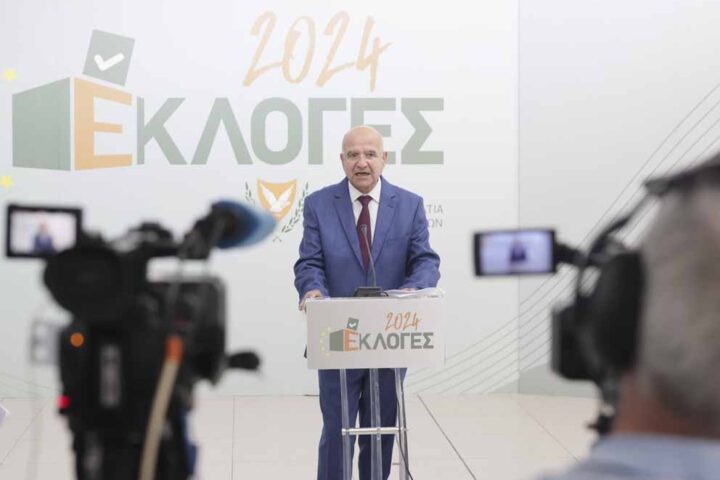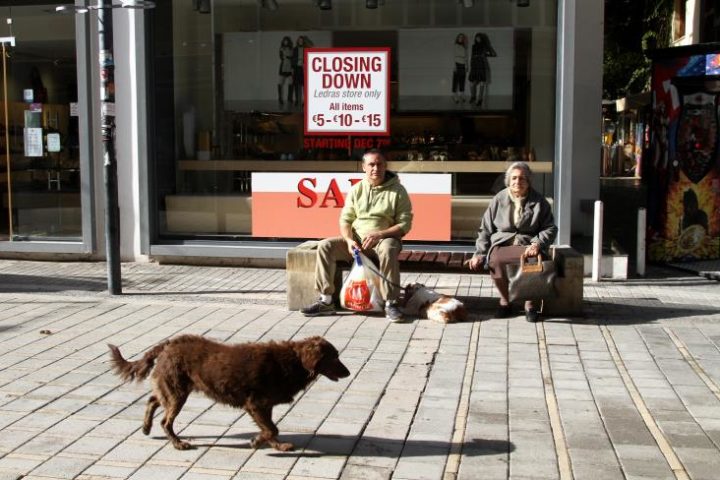The largest mosque ever constructed in Cyprus, named the Dr. Suat Gunsel Mosque, was inaugurated on Thursday amidst significant criticism in the Turkish-occupied north over Turkey’s and President Recep Tayyip Erdogan’s ongoing efforts to instil religious conservatism.
The mosque is viewed as part of Turkey’s broader agenda to alter the cultural landscape on the island, and in particular among Turkish Cypriots, and steering the community away from a bicommunal solution to the Cyprus problem toward a two-state resolution.
During the mosque’s inauguration, Turkey’s Vice President Cevdet Yilmaz declared the existence of two distinct states in Cyprus, emphasising the futility of revisiting previously attempted strategies.
Yilmaz asserted, “there are two sovereign, independent states [in Cyprus], and any future discussions must take place through negotiation between these two states. If you seek a solution, this is the solution.”
Expanding on his statements during the mosque’s opening ceremony, Yilmaz underscored the collective responsibility to pass on the values, cultural richness, and shared historical heritage of the Turkish Cypriots to future generations.
The Dr. Suat Gunsel mosque spans an area of 30,000 square meters and can accommodate up to 10,000 worshippers. With 62 domes and 6 minarets, it holds the distinction of being the largest mosque in the Turkish Republic of Northern Cyprus (TRNC) and the sixth largest in the region, including those in Turkey.
Details about the mosque’s architecture include a main dome measuring 36.8 meters high and 23.8 meters in diameter, surrounded by 61 smaller domes.
The mosque has six minarets, each reaching a height of 76.2 meters, adorned with three balconies, along with two additional minarets, each 56.45 meters high and featuring two balconies.
Gold and chrome domes
The design elements, including the gold-coloured stainless steel and chrome-plated domes and minarets, were selected through a survey conducted among the Turkish Cypriot people. Stained glass windows, crafted by artists from the Museum of Modern Arts, embellish the 104 windows of the mosque.
Additionally, the dome and minaret finials, each cast in aluminium, and the 7-meter-long largest finial, were produced in workshops on the Near East University campus.
The mosque was named after its main sponsor, Turkish Cypriot businessman Dr. Suat Gunsel, who owns the occupied north’s largest educational institution, the Near East University. The university, based in Nicosia, is part of Gunsel’s extensive real estate portfolio, which also includes holdings in Turkey.
Apart from his contributions to education, Gunsel is involved in various sectors such as electric vehicles, banking, health, tourism, real estate development, and liquid fuel distribution.
The university has spun out an electric vehicle venture. The Gunsel B9, introduced in February 2020, can go almost 220 miles on a single charge.
In 2013, Gunsel opened a second university in Kyrenia (University of Kyrenia), on the north coast of Cyprus.
The mosque is situated on the outskirts of Nicosia within the Near East University’s campus.

